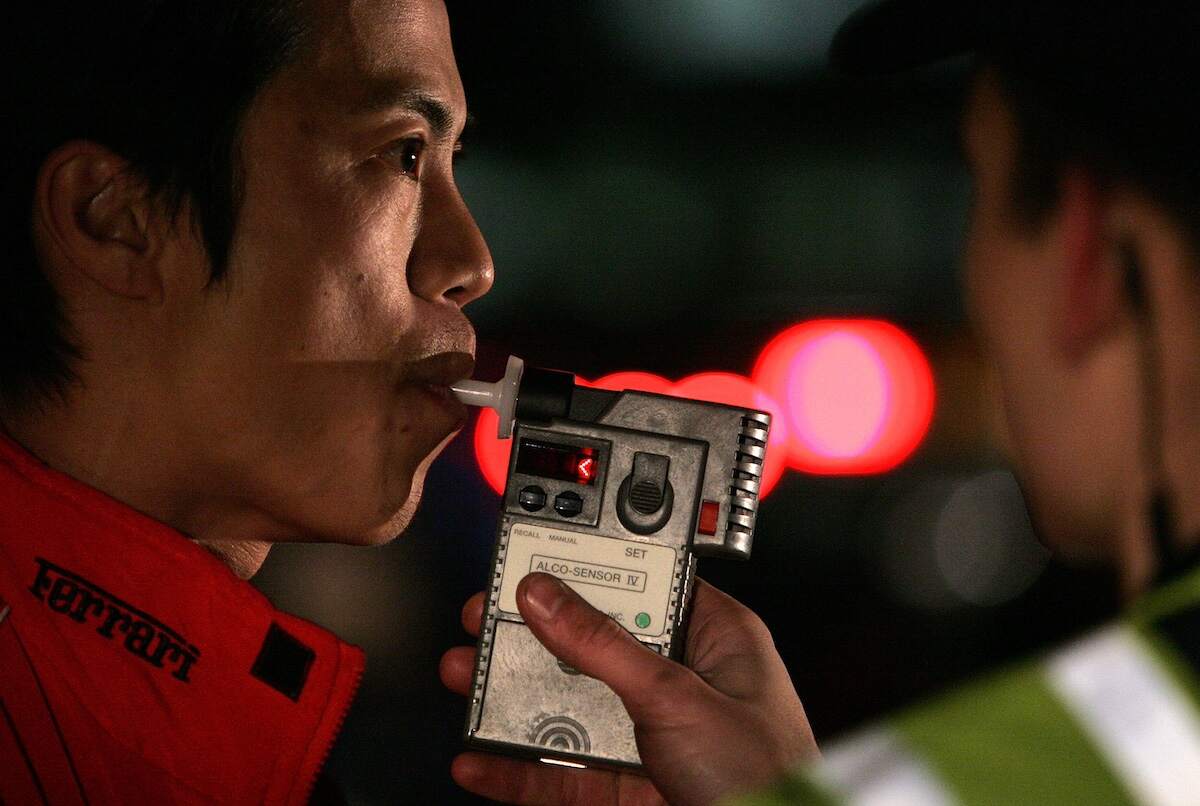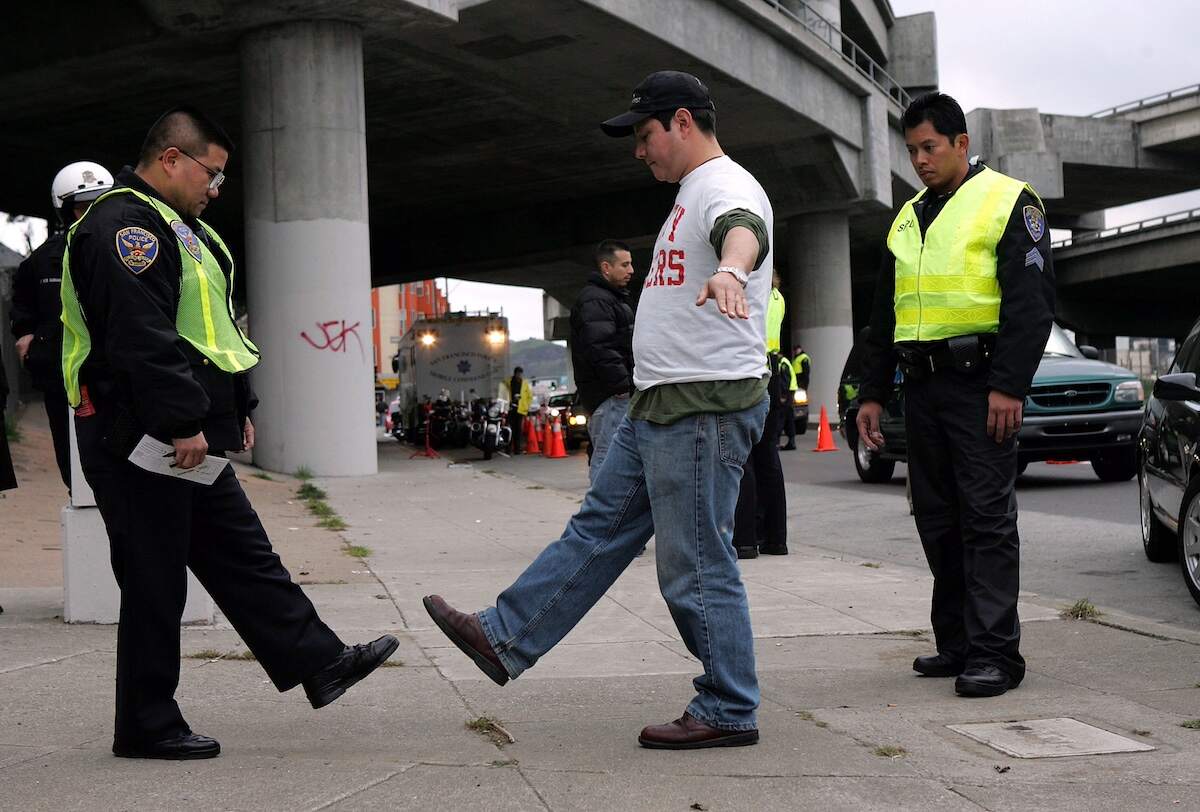
Why the Legal Alcohol Limit for DUI Is Not the Same for Every Person
The legal alcohol limit for a DUI may be the same nationwide, but the number of drinks to reach that figure differs for everyone. Across the United States, the standard blood alcohol content (BAC) limit is 0.08%. However, other factors and figures could come into play when a person is stopped and presumed to be driving while intoxicated. Let’s explore.
How many drinks does it take to reach the BAC legal limit for a DUI?

The BAC in your system is measured using a breath, blood, or urine test. This alcohol content is determined by several individual factors, including:
- Gender
- Body weight
- Number of drinks
- Time since consuming the last drink
For instance, a woman weighing 140 pounds reaches 0.08% BAC once she has consumed her third drink. Meanwhile, a man weighing 180 pounds won’t reach the same level until after the fourth drink, according to BAC calculators.
What is the definition of a drink?
The definition of a drink is established to help us understand that some types of alcohol are much stronger than others. For the BAC calculator used by most states, one drink equals the following:
- One volume ounce of 100-proof alcohol (hard liquor)
- One 12-ounce bottle of beer
- Five ounces of table wine
How does time affect your BAC level?
Reaching 0.08% BAC takes time because your body metabolizes alcohol over time. That’s why some people will have a higher BAC after a half-hour of not drinking than right after consuming their previous drink. Still, once more time has passed, the BAC begins to fall.
A standard subtraction method can be used. For every hour since the last drink, a person’s BAC generally drops by 0.015%. That means it takes a little more than five hours for BAC to fall from 0.08% to 0.00%.
Why doesn’t the standard legal alcohol limit for a DUI apply to everyone?
There are some exceptions to the legal BAC limit. Typically, they apply to minors, who shouldn’t be consuming alcohol. Still, these exceptions might also apply to commercial operators, such as bus and truck drivers, who should never have any alcohol in their system while driving. These exceptions are called a “zero tolerance” level but are not always 0.00%.
According to Forbes, most states have a “zero tolerance” level of 0.02%. This level of alcohol in a person’s system is likely about as much as the average dose of cough syrup for an adult. Looking at the BAC chart, it takes less than one drink to reach a BAC of 0.02%. Some exceptions to the 0.02% zero tolerance exist: For example, New Jersey allows 0.01%, and several states list this tolerance at 0.00%.
Can you have a high enough BAC to be drunk even if you don’t feel drunk?

Some people talk about having a higher tolerance for alcohol than others. That simply means they don’t feel intoxicated, but it doesn’t mean their BAC isn’t high enough to be legally drunk. A high tolerance for alcohol could be dangerous, especially if a person drives after drinking. By doing so, they’re jeopardizing their and others’ safety.
Just because you don’t feel drunk, buzzed, or tipsy after a specific number of drinks, your BAC could reach or exceed the legal limit for driving. Avoid the possibility of DUI charges by planning ahead with a designated driver or using an alternate method to return home after consuming alcohol.



